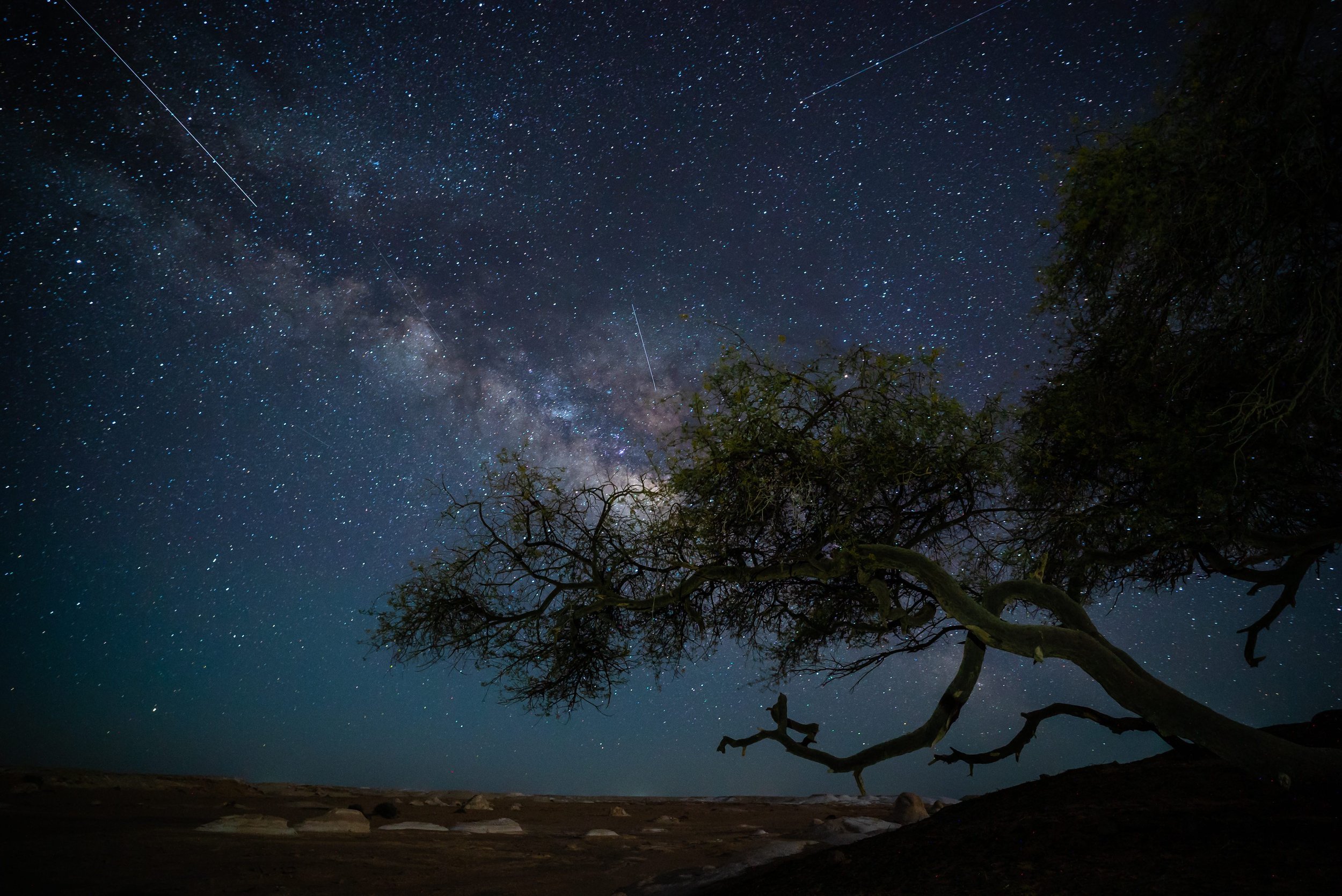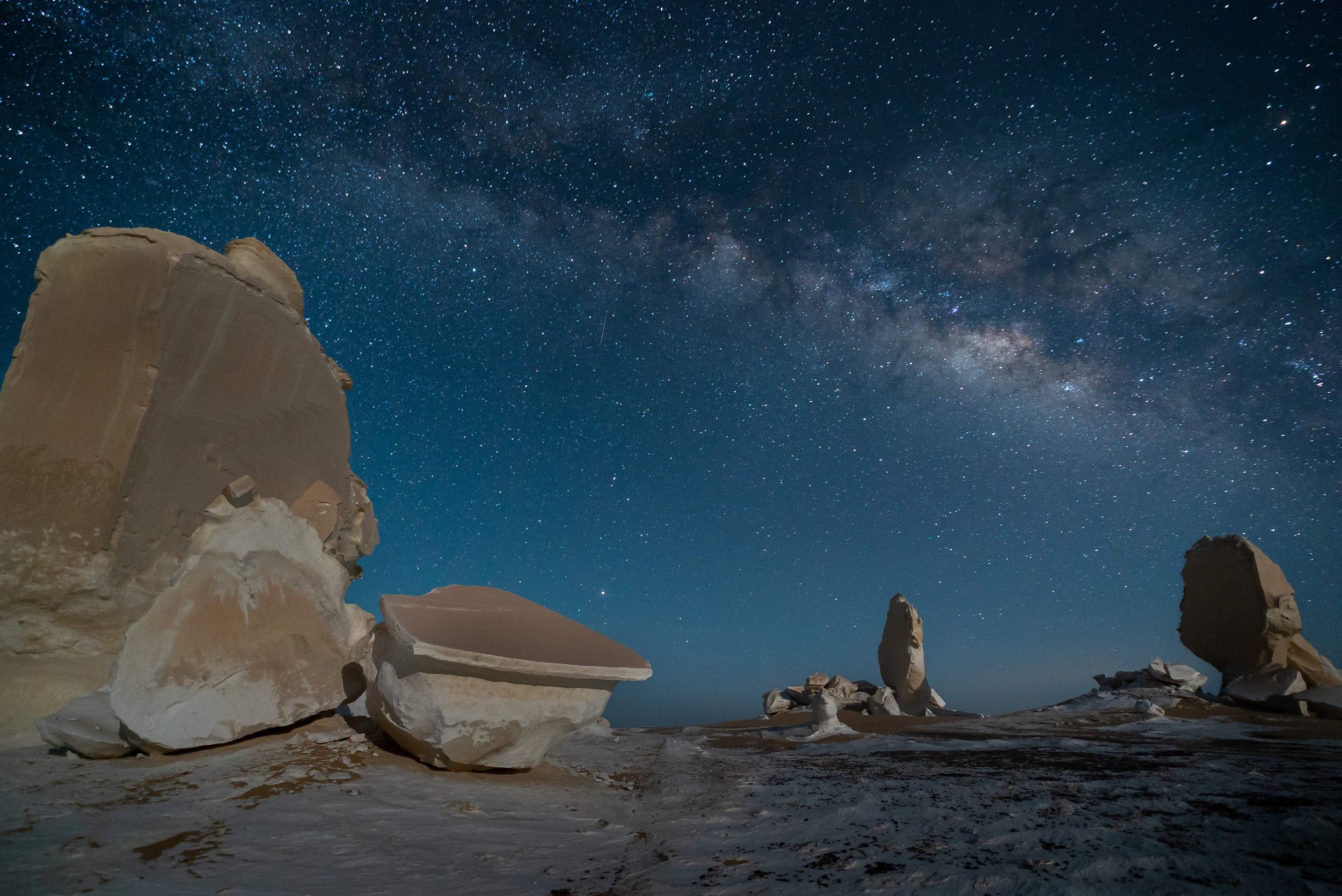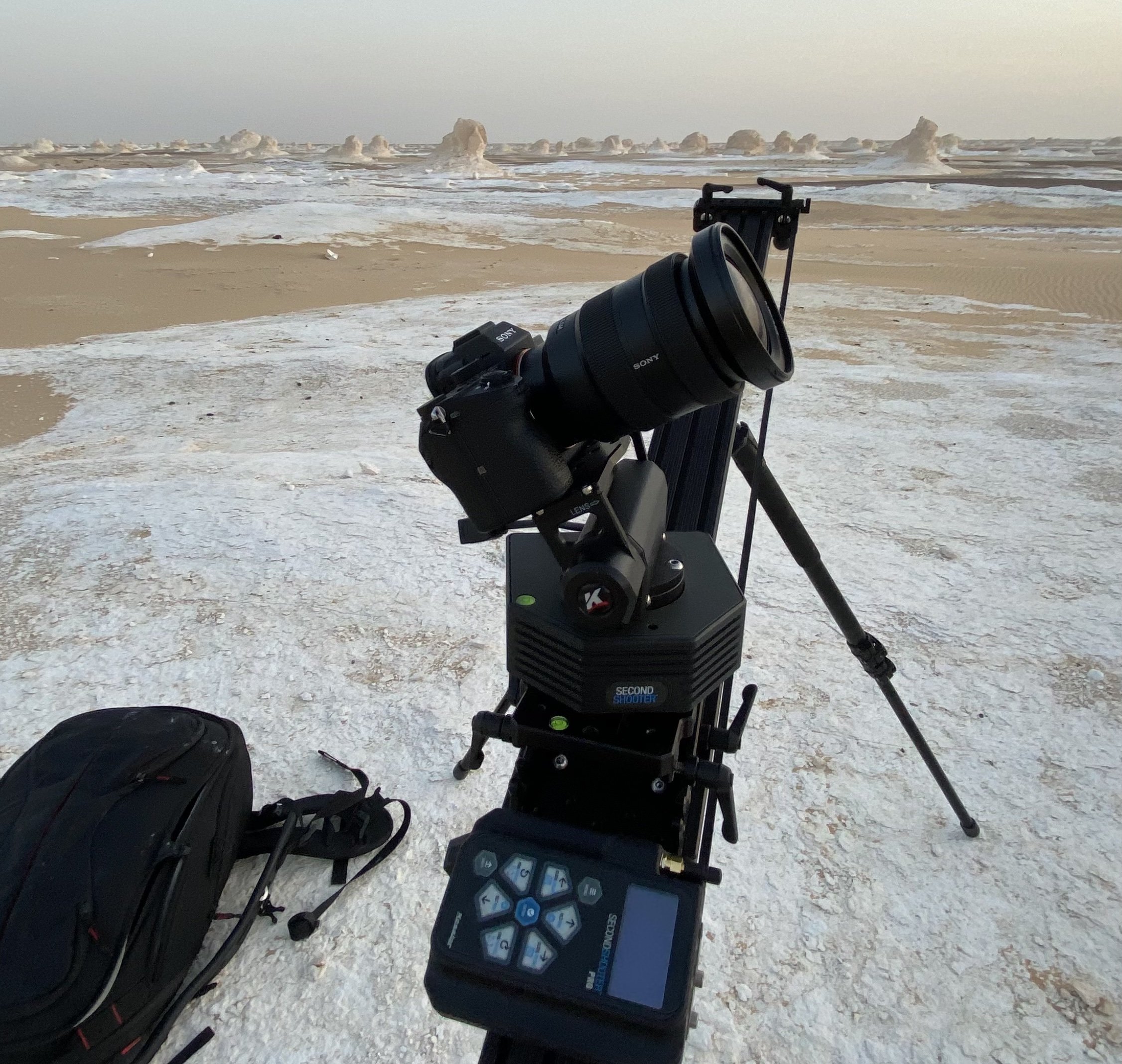EGYPTSCAPES
One of my favorite projects of all time. A time-lapse video of Egypt’s beautiful landscapes.
So, this was initiated several years ago when I did Egypt HD. It was at the beginning of my career, and I wanted to create a beautiful visual video in 4k with my DSLR camera while everything was still in HD and timelapse was the key.
Forward to the present day. I wanted to create part 2 of Egypt HD. I am now in a better position than I was when I first started. This time I have Sony supporting me with gear, and Citroen is providing me with their biggest SUV to carry all my equipment to travel all over Egypt to capture its beauty.
My camera gear for this project is the Sony A7SIII, A7C, A7III, and my old pal the A7SII, with the Sony lenses GM 24-70mm f/2.8, GM 16-35mm f/2.8, GM 12-24 f/2.8, and a Zeiss Batis 25mm.
I have the A7RIV but when shooting at night I always go with the Sony A7SIII. It’s one of my favorite cameras in low light. Yes, it's 12MP, but the amount of detail, dynamic range, and clarity in the image are incredible. The A7C and A7III are 24MP, so the low-light capability is pretty good as well. The A7RIV is great, don’t get me wrong, but in one timelapse sequence, I took almost 2500 pictures. Imagine the hard drives and computing nightmare. That's what I love about Sony, the specialization for each camera and lens so we can maximize our creativity and tell our stories with beautiful visuals.
In Astro time-lapses, you need a fast lens to get the best output, meaning you need a lens with an aperture of f/2.8 to maximize the light entering the camera. The Sony 16-35mm was my favorite lens for landscapes, but with the new 12-24 f/2.8, it has become my number one lens for maximizing the view that I can capture.
Speaking of astrophotography, it takes from 5-8 hours to take one sequence, so one of the main concerns is the battery life. I did not have an extended battery, so I was able to use my power banks to charge up the camera while I was shooting all night long. With a 20,000 mah Anker power bank, I can go up to 3 days in a row, which was an ideal situation as I was in the middle of the desert for 4 nights.
For the motion crane, I use a Kessler crane with 3 axes, and the tripods are a mixture of Manfrotto and enduro.
When I started to plan the project, I wanted to do something very different from the first video, so I started with destinations like the White Desert. So, the plan was to capture the full moon and milky way shots around the vast white desert with its phenomenal rock formations. With the full moon, it will act more like the sun. And for the Milky Way, it will be perfect as there is less light pollution near the Baharia Oasis. To get the milky way shots, I had to travel during the summer season as the galactic core is more to the north, so we can see the long arm of the milky way. So, imagine traveling to the desert in May, June, and July. It was a really challenging endeavor, and there were so many obstacles.
I knew with the results it would be worth it and people around the world would be able to see Egypt from a very different perspective.
The planning part is the main thing in any project, whether it's photography or videography. As I mentioned, I had to go in the summer and get the milky way, and at the same time, go once again when there’s a full moon. There are many apps that help me out in these situations. For that, I use an app called Photopills. I recommend this app a lot for planning ahead for countries or cities you have never been to before.
Egyptscapes is still an ongoing project, I will be conducting a workshop in Egypt in either October or September in the White Desert, so stay tuned for that.





